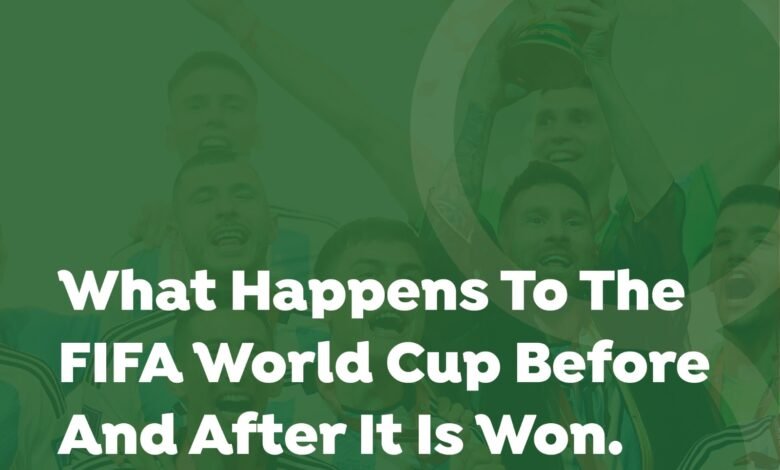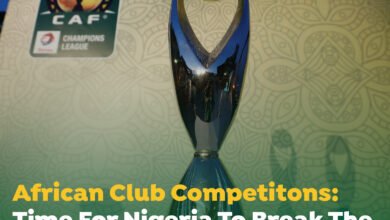
In the pantheon of sports accolades, the FIFA World Cup Trophy stands as the zenith of glory, symbolizing the pinnacle of football achievement.
This trophy, more than just a piece of metal, embodies the dreams, the struggles, and the indomitable spirit of the football world. Yet, with its presBgious status, come quesBons about its handling, custody, and the material from which it is craDed.
Firstly, the most burning curiosity: Do winners get to keep the original FIFA World Cup Trophy? The answer is nuanced. Originally, the trophy awarded from the inaugural tournament in 1930 unBl 1970 was the Jules Rimet Trophy, which Brazil won permanently aDer their third victory. However, since the 1974 World Cup, the winners receive the FIFA World Cup Trophy, but not to keep indefinitely.
They are awarded the trophy on the field post-victory but must return it before the next World Cup. This ensures the trophy remains a perpetual symbol of global football excellence.
So, where is this emblem of football greatness kept when not in the hands of the victors? The FIFA World Cup Trophy resides at the FIFA World Football Museum in Zurich, Switzerland, when not on its quadrennial journey. Here, it is safeguarded and displayed, allowing fans to glimpse football’s Holy Grail.
Given the trophy’s irreplaceable value and significance, the quesBon of what copy is given to the next winner arises. The winning naBon receives a gold-plated replica, made of bronze, known as the FIFA World Cup Winners’ Trophy, to keep as a permanent memento of their triumph. This ensures that while the original trophy conBnues its legacy, the victors have a tangible symbol of their monumental achievement.
Materially, the FIFA World Cup Trophy is a masterpiece of art and craDsmanship. Made of 18-carat gold with a base of two layers of malachite, the trophy stands 36.8 cenBmeters tall and weighs 6.1 kilograms. Its design features two human figures holding up the Earth, epitomizing the global unity and compeBBon that the World Cup fosters.
As we traverse the trophy’s essence, let us not forget the poeBc journey it embarks upon every four years. From the hands of heroes to the dreams of millions, it travels across the globe, a beacon of hope, glory, and unity. In its gleam, we see reflected the sweat, tears, and laughter of legends and the aspiraBons of every footballer who dreams of etching their name in the annals of history.
The FIFA World Cup Trophy is not merely an object but a story woven from the fabric of football, a tale of triumphs, defeats, and the unyielding spirit of the beauBful game.
In this dance of champions, where legends are born and history is wri`en, the trophy stands eternal, a witness to the magic of football. As it journeys from naBon to naBon, it whispers tales of glory past and promises of dreams yet to be fulfilled.





